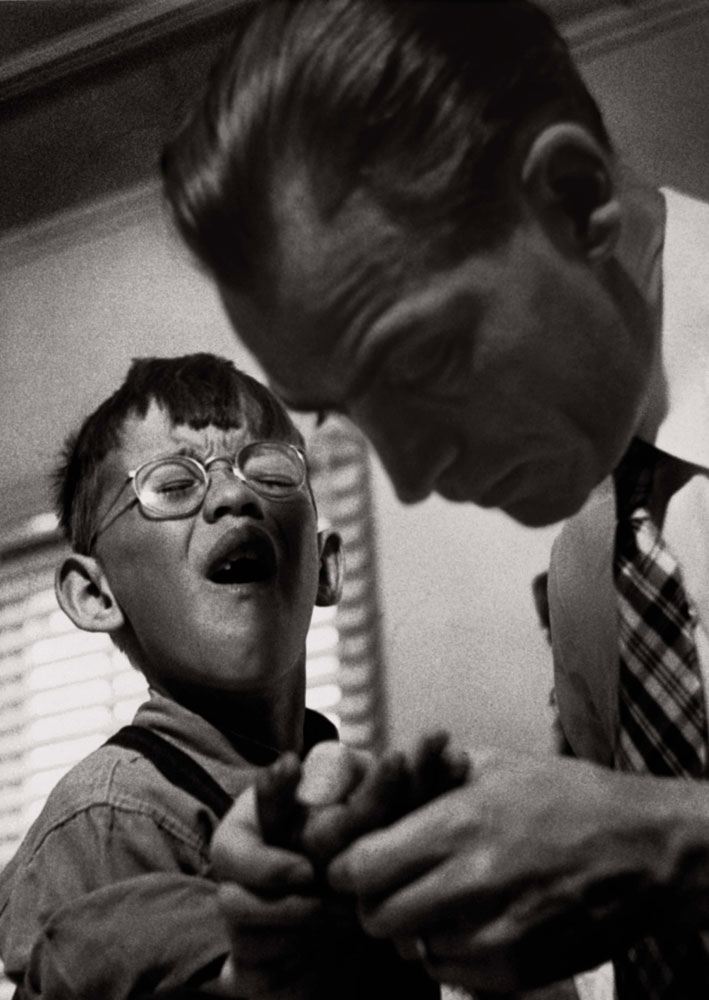Examples of relay in contemporary photographic practice include Sophie Calle’s Take Care of Yourself and Sophy Rickett’s Objects in the Field (see interview in the Appendix to this course guide) where clashes of understanding or interpretation
work together to create a perhaps incomplete but nonetheless enriching
dialogue between artist and viewer.
Look these pieces up online. Investigate the rationale behind the pieces and see
if you can find any critical responses to them. Write down your own responses in
your learning log.
● How do these two pieces of work reflect postmodern approaches to
narrative?
According to Barthes the two most easily identified linguistic messages with regard to images are ‘anchoring’ and ‘relaying. Images can have multiple related meanings and are thus said to be ‘polysemous, and in terms of linguistic messaging “ “its main signifier (sound image), or the name we have given it, a ‘floating chain’ of signifieds or ideas about what it really is, exists in our minds. When readers see an image they can select some ‘signifieds’ (words/phrases used to describe it) and ignore the rest depending on cultural norms or context. Being polysemic, however, is not necessarily advantageous because it allows us to question the meaning of an image. This can cause ambiguity, confusion or even fear. Using text as an anchor prevents this.


